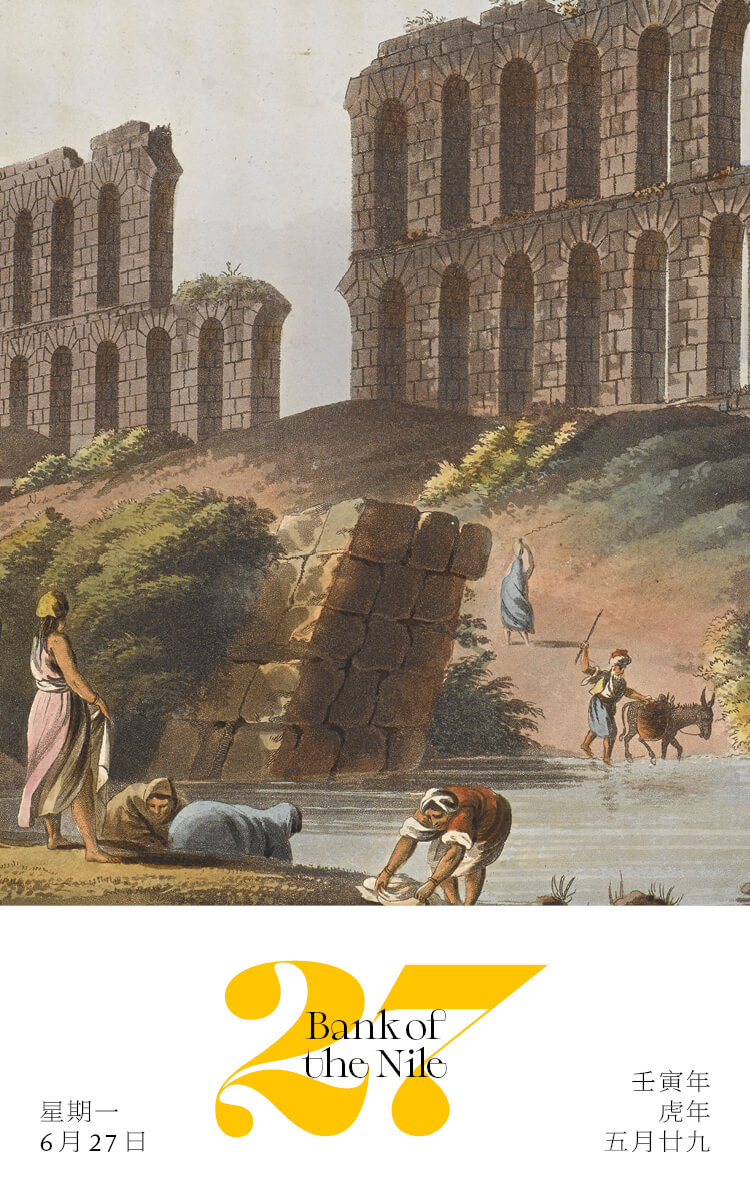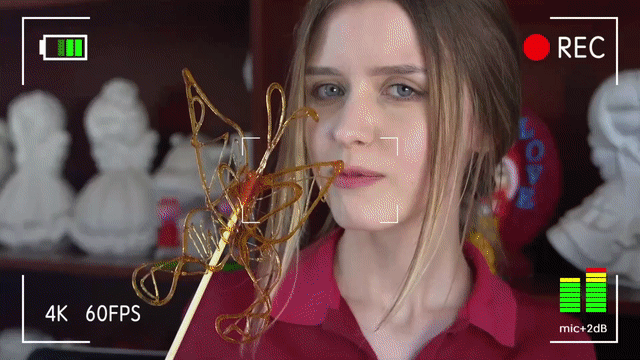Shaanxi Zhou, Qin, Han and Tang Dynasties Cultural Relics Essence Exhibition will be unveiled in Shanghai
Author:Cultural relics Shaanxi Time:2022.07.13
The Western Zhou Dynasty created a model of rituals. On July 15th, the "Wuji of the Tianwu -Shaanxi Zhou, Qin, Han and Tang Dynasties Essence Exhibition" will be opened at the Museum of Fengxian District, Shanghai. The exhibited more than 150 (group) cultural relics are the excellent choices of Zhou, Qinhan, Han and Tang cultural relics unearthed in Shaanxi in recent years, and condenses the most gorgeous memories of ancient China in ancient China, showing the cultural self -confidence of the Huaxia people's work, tolerance and generosity. Essence

A total of more than 150 (group) cultural relics exhibited
Shaanxi is located in the hinterland and middle reaches of the Yellow River. The unique natural environment provides unique conditions for the evolution and social development of ancient civilization in Shaanxi. Shaanxi has long been the center of ancient Chinese history. "Qinzhong has been emperor since the ancient emperor". There have been 14 dynasties established here for more than 1,100 years. In particular, the four unified dynasties of the Zhou Qin, Han and Tang dynasties, created a highly developed material civilization and spiritual civilization, composed the most colorful movements of Chinese civilization, made important contributions to the development of world civilization, and influenced my country's modern politics across time and space. Economy, ideological culture and social life.

This exhibition is co -sponsored by the Shaanxi Provincial Cultural Relics Bureau and the Shanghai Cultural and Tourism Bureau (Shanghai Cultural Relics Bureau), the Shaanxi History Museum, the Emperor Qin Shi Mausoleum, the Shanghai Museum, the Shanghai Fengxian District Culture and Tourism Bureau, and the Fengxian District Museum Holding, many cultural units in Shaanxi Province have strongly supported. The exhibition exhibits more than 150 cultural relics such as the Father -in -law of the Western Zhou Dynasty, the bronze power of Qin Liang, the Han -plastic -style male servant, the Hanyuan carved jade figurine head, and the Tang five -petaled sunflower.
The four major units show the seal of Zhou, Qin, Han, Tang Dynasty
It is understood that the exhibition is divided into four units: Hehezong Zhou, the Eastern Empire, the Great Han Xiongfeng, and the Sheng Tang Meteorology. The first unit is "Hehezong Week". The political system and economic form of the Western Zhou Dynasty, especially the ethical spirit, and bronze casting technology, fully demonstrated the characteristics of China's early civilization. The Zhou people who have been active in Shaanxi for a long time have established a model of Chinese etiquette and music civilization with "making ceremony and music", making the "ritual system" the cornerstone of politics and culture of the future dynasties.
The second unit is "Oriental Empire". The Qin Dynasty was developed from the Qin Kingdom. After more than 500 years of hard work, it rose from the original small nation to the first seven heroes of the Warring States Period. In 221 BC, the Qin Wang Zheng unified the six kingdoms, creating a centralized emperor system, and establishing the first unified dynasty in Chinese history. Waste sections, Jianjian County, car same, books, books ... The Qin dynasty transformed the ancient Chinese government from the "Fengbang Jianguo" in the Western Zhou Dynasty to the centralized "empire" of the centralized system of counties and counties. , Military systems, later generations.
The third unit is "Great Han Greater". The Han Dynasty was the first peak of the development of ancient Chinese society and the golden age of China. The national policy of light -up and thin funds in the early days, and the implementation of Wu Di to strengthen the implementation of the centralized system of the central government promoted the unprecedented prosperity of the Western Han Dynasty. At the same time, with the development of the Silk Road connected to Eurasia, the opening and exchanges were increasingly frequent. The Han Dynasty became the world's leading power at that time, and also showed an aggressive and vigorous times.
The fourth unit is "Sheng Tang Meteorology". During the Tang Dynasty, the Silk Road was unprecedentedly prosperous, the business trips of various countries gathered, the country came to the DPRK, cultural exchanges were frequent, and the national strength and external influence reached the peak. The Shaanxi Land is in the center of the Tang Dynasty, which is political open, economically developed, ethnic, and prosperous. There are a large number of exquisite Tang Dynasty cultural relics, witnessing the prosperity of the Tang Dynasty.
Exhibition cultural relics first
In this exhibition, more than 150 (group) cultural relics are exhibited. In addition to the Terracotta Warriors and Horses of the Qin, there are also friends and father -in -law, the two -sized copper power, the Han -plastic clothes -style male servant, the Han round carved jade figurine head, and the Tang five -petaled sunflower mouth ring Many precious cultural relics such as the secret color porcelain bowl and the bronze mirror of Jianruo will be unveiled.
食 is an appliance for ancient Chinese food, which is mainly used for cooking cooked rice.的 is also an important ritual in the Shang and Zhou dynasties. When the banquet and sacrifice are used, they are used in combination with Lie Ding. The friendly father, the father, was treasured at the Shaanxi History Museum.

Qin Shi Emperor's Mausoleum Museum's Two Criminal Copper rights. After the establishment of the Qin Dynasty, the Qin system unified the national measurement and balance. The shape of this piece of cultural relics is like an clock, hollow, high -body shoulder, with a ring -shaped New New, and 17 edges on the surface. In the 26th year of the emperor of power and the first year of Qin II. Among them, Qin Shihuang 40 words, Qin II 诏 60 words. After the successor of Qin II, the two dynasties were engraved, and the two books described the historical facts of Qin Shihuang's unified measure.

The plastic clothes -style male waiter figurines collected by the Emperor Yangling Museum of the Han Dynasty applied yellow paint on the body, rounded face, red lips, and ribbons on the cheeks. Wearing a three -layer deep coat, the waist is lacer, and the fate of the robe is a horn -shaped, long and foot. Both arms are drooping, clinging to the sleeve, there is a rectangular narrow hole on the inside of the left elbow. It should be the place where the sword is inserted. Show the image of a clerk or a servant or a servant.

The round carved jade figurines of the Xianyang Museum are excellent, with realistic shapes, exquisite carving, and basically intact. This cultural relic is the head of the jade figurine, broken from the side of the neck. The jade material is green and green, carved from the combination of round carving, relief, and shade. Gao Guan, long face, eyes willow -like, long nose, pouting. The shade line engraved the eyebrows, beards, and buns. The secret porcelain gradually lost since the Tang Dynasty. It was not until the discovery of the palace of the Famen Temple Tower. As the beginning of Chinese official kiln porcelain, the color of the Chinese official kiln is called Qianfeng Cui color by the Tang Dynasty. It is described as a green green color like mountains and forests, with delicate texture. It looks like a lake. In this exhibition, a secret -colored porcelain bowl of the Fumen Temple Museum will be exhibited in the Famen Temple Museum.

The bronze mirror of Jian Ruozhi water in the Qianling Museum was unearthed in the tomb of the funeral tomb of Qianling. On the back of the bronze mirror is engraved with some auspicious flowers and beasts such as vines, blue dragons, birds, unicorn, and phoenixes, and 32 -character script inscriptions. The concubine is named, so it is named "Jian Ruo Ruoshui" mirror. This copper mirror pattern is beautiful, the inscription connotation is rich, and the production process is exquisite. It can be said that it has reached the ultimate production of copper mirrors in the Tang Dynasty.

From July 15th to September 15th, the audience can make personal appointments through the official WeChat public account and Alipay applet of Fengxian District Museum. The museum implements a full -name system and online appointment. At present, only individual (scattered) appointment is accepted, and team appointments are not accepted for the time being.

Source | Sanqin Metropolis Daily
Edit | Bu Ding
School Division | Han and Tang Dynasties Three Three
Review | Yifu

- END -
Treasure: How did the Ottoman Empire perish?

Zhanlu's collection calendar, a civilized treasure every day, customize your exclu...
Global connection | Foreigners learn non -heritage: pen and ink outline Indians Sam to connect thousands of years paper paper

Papering processing technology is a national intangible cultural heritage of China...